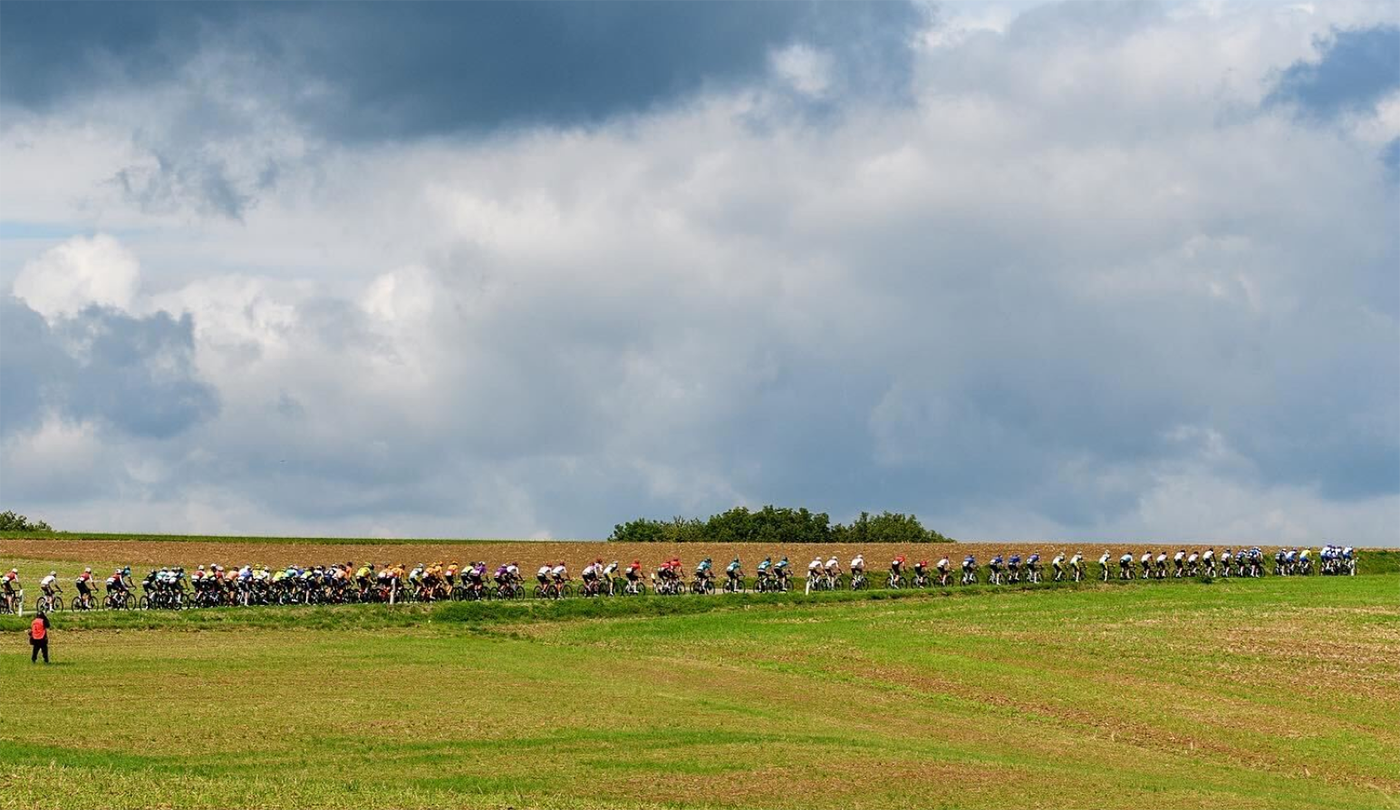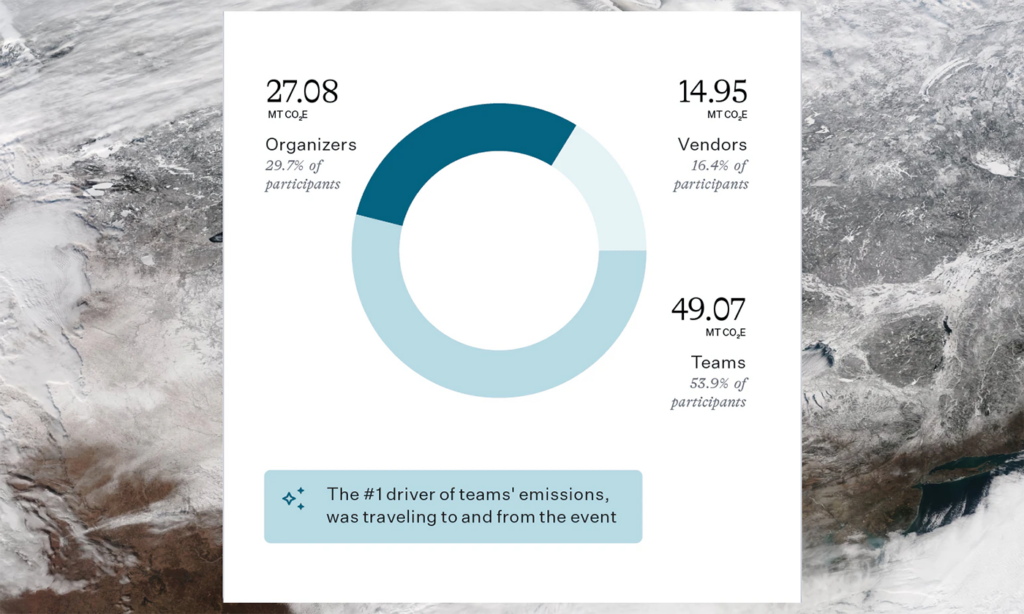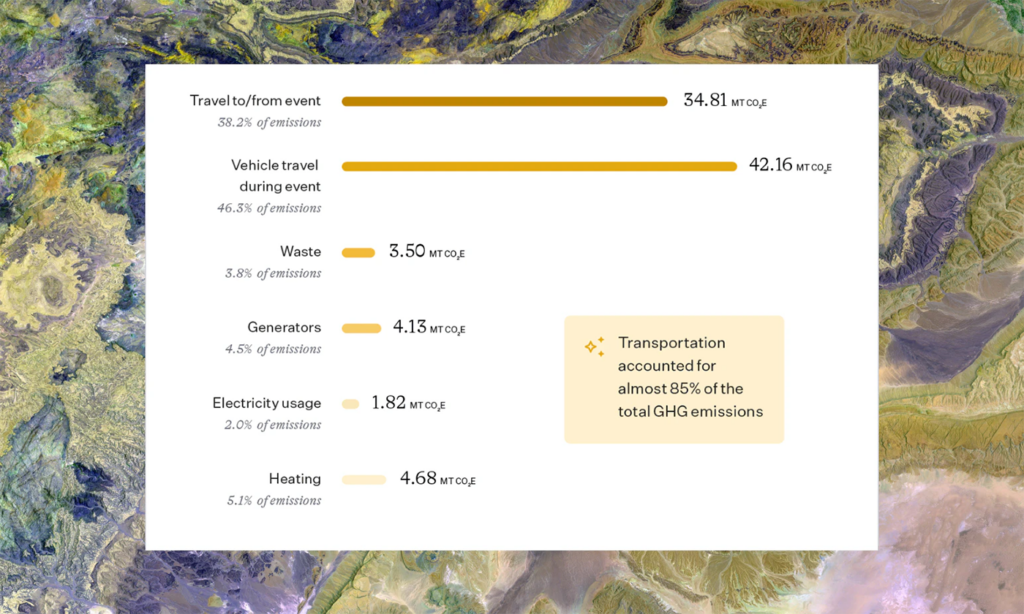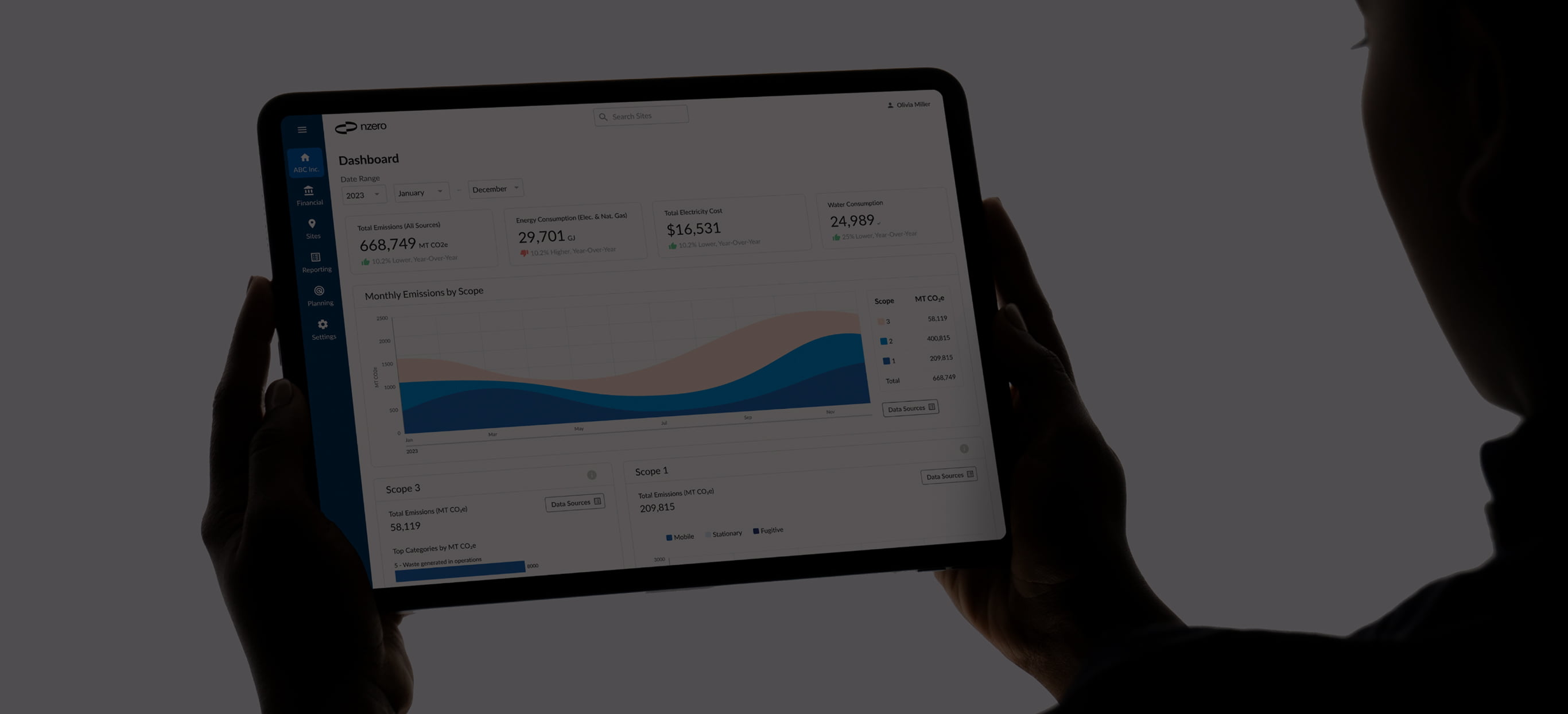The Las Vegas Raiders and Allegiant Stadium Turn Football’s Biggest Game Green








We partnered with Škoda Tour Luxembourg to track the carbon cost of their 2022 event. For five days, we captured the emissions impact of the race across all three scopes, gathering data via meters and questionnaires completed by the event organization, its vendors and the pro-cycling teams.
We often think about cycling as a sustainable activity or mode of transportation. However, what about the popular pro-cycling events themselves? There are many factors involved in the planning and execution of these large-scale cycling events that can have unseen – and unrealized – environmental impacts
At NZero, we had the honor of partnering with Škoda Tour Luxembourg to track the carbon cost of their 2022 event. For five days, we captured the emissions impact of the race across all three scopes, gathering data via meters and questionnaires completed by the event organization, its vendors, and the pro-cycling teams. In the spirit of friendly competition, one pro-cycling team was awarded the NZero Hero award for the lowest carbon impact.
From tracking and analyzing all this data, we uncovered some fascinating findings – all of which help identify decarbonization opportunities for future cycling events.
After tracking emissions across cycling teams, suppliers, and vendors, we discovered that the total GHG emissions for the 5-day event was 91.1 MT CO2e, which is equivalent to driving about 226,000 miles in a passenger car, or 9 trips around the world!*


One of the key findings in our analysis was the enormous impact of transportation. Almost a third (32%) of the total emissions for the event was driven by the teams traveling to and from the event. While the train contributed 13% to the total team travel, it surprisingly accounted for only 0.37% of the total team travel emissions. While we expected rail to have a significantly lower carbon impact than carbon-intensive modes of transportation, such as flying, the magnitude of carbon savings surprised even us.
The UCI Pro Team Arkéa-Samsic (FR) was awarded the NZero Hero award for the lowest carbon emission! The team had 61% of its travel to and from the event by train, which enabled them to reduce their total emissions significantly.
After estimating the travel impacts of vendors with the participating teams, and including GHG emissions generated during the event from all vehicles across race support, broadcasting, freighting goods, and more, transportation rises to about 85% of the total event GHG emissions.

The extensive analysis and data captured at the event allowed us to deeply understand operational impacts. Here are some additional learnings and decarbonization opportunities for future events:
Interested in tracking your next event? Contact us to learn more from our team of experts on how you can make your event more sustainable!
Footnotes
* This figure includes emissions from the event organization, its vendors and the cycling teams along with the emissions associated with traveling to and from the event. GHG emissions from spectators traveling to the event were not included in NZero calculations.
** Calculations include Lifecycle emissions of both electric and conventional fuel vehicles


Stop guessing and start making data-driven decisions. See how NZero can transform your energy management and decarbonization strategy.
Request Your Personalized Demo